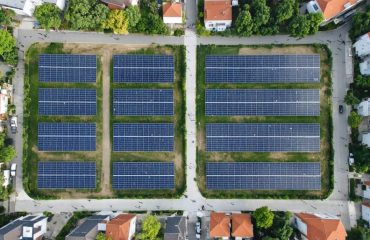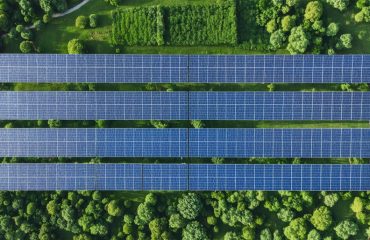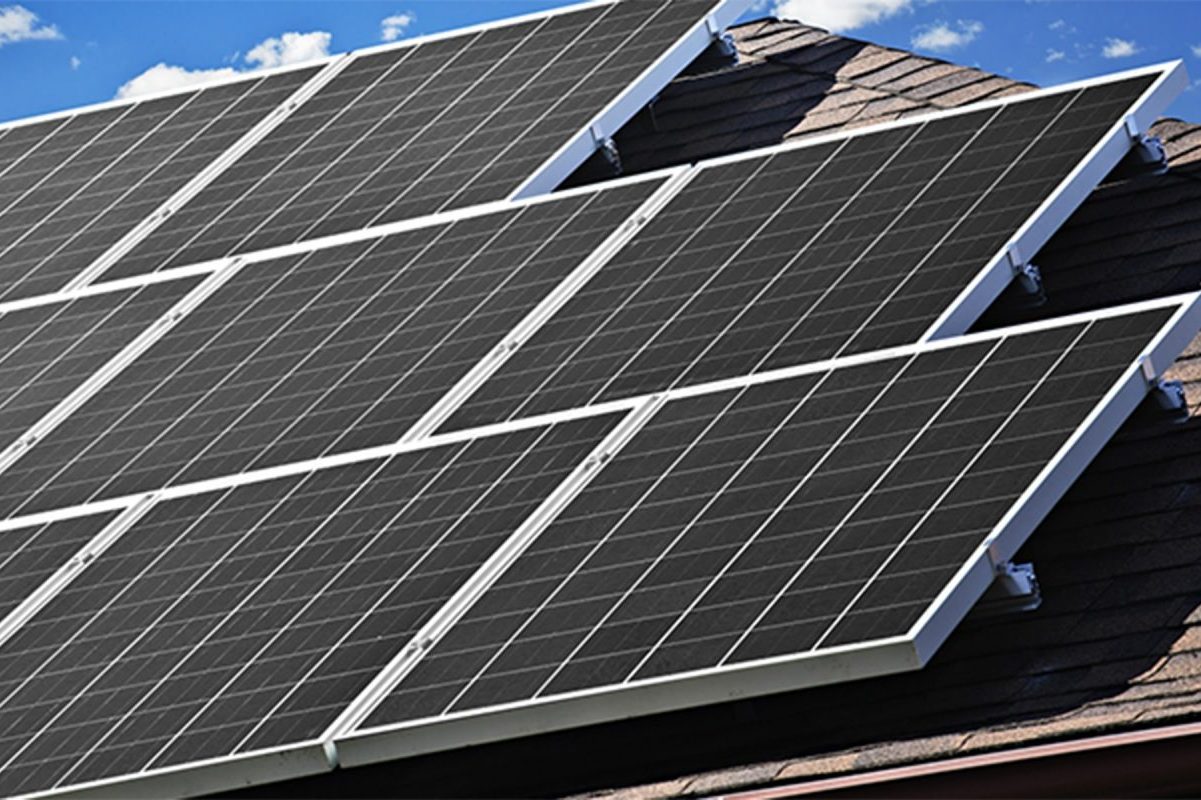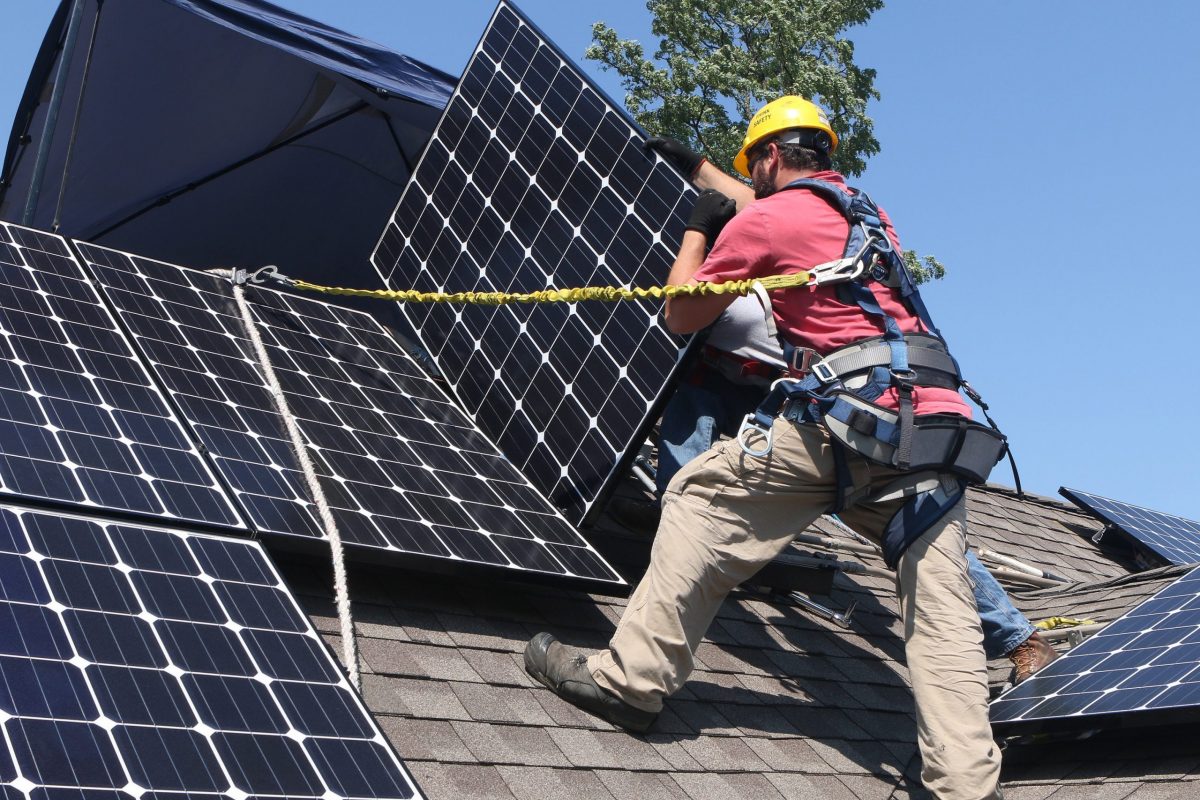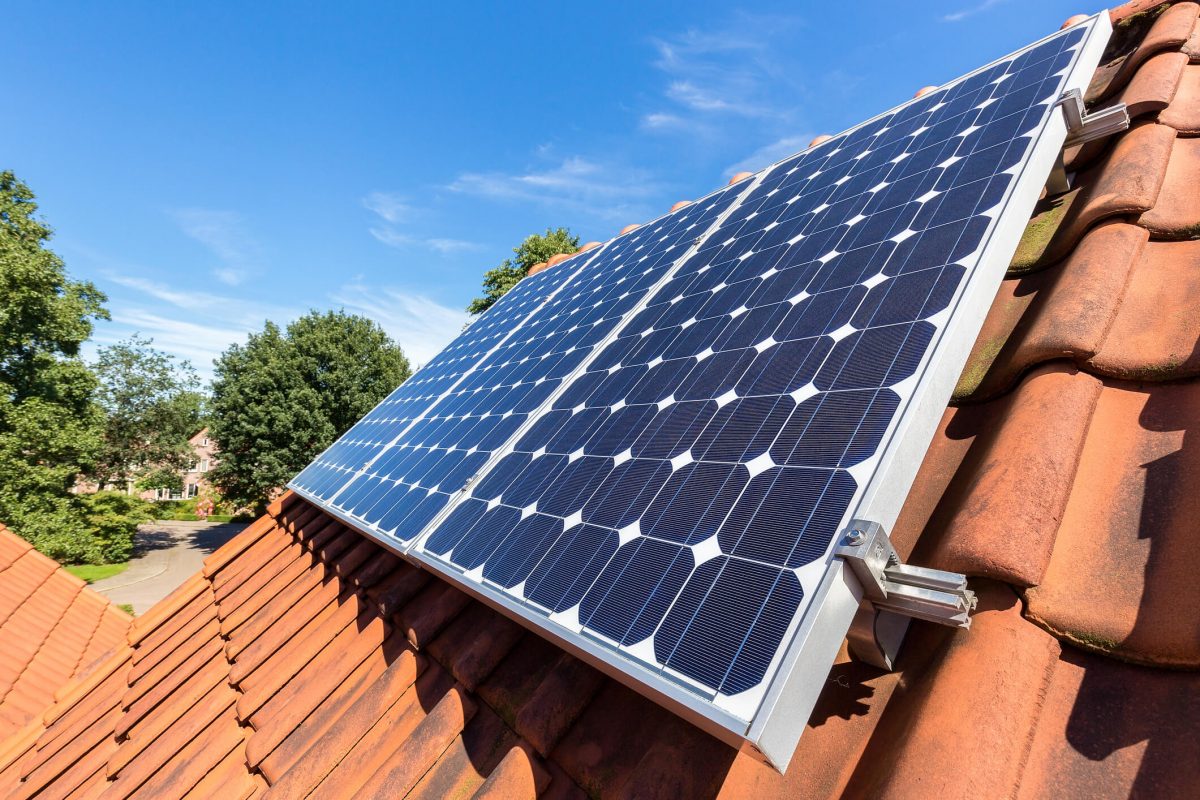Solar energy stands at the forefront of modern sustainable living, transforming how we power our homes, businesses, and communities through accessible clean energy solutions. This abundant, renewable resource not only slashes electricity bills but also provides energy independence and environmental benefits that extend far beyond individual households. From powering essential medical equipment in remote clinics to enabling clean water pumping systems in drought-prone regions, solar technology is revolutionizing access to basic services worldwide. As installation costs continue to drop and efficiency improves, solar power has evolved from an alternative energy option to a mainstream solution for sustainable living. Whether you’re considering rooftop panels for your home or exploring community solar projects, understanding the diverse applications of solar energy can help you make informed decisions about embracing this clean energy revolution.
Healthcare Revolution Through Solar Power
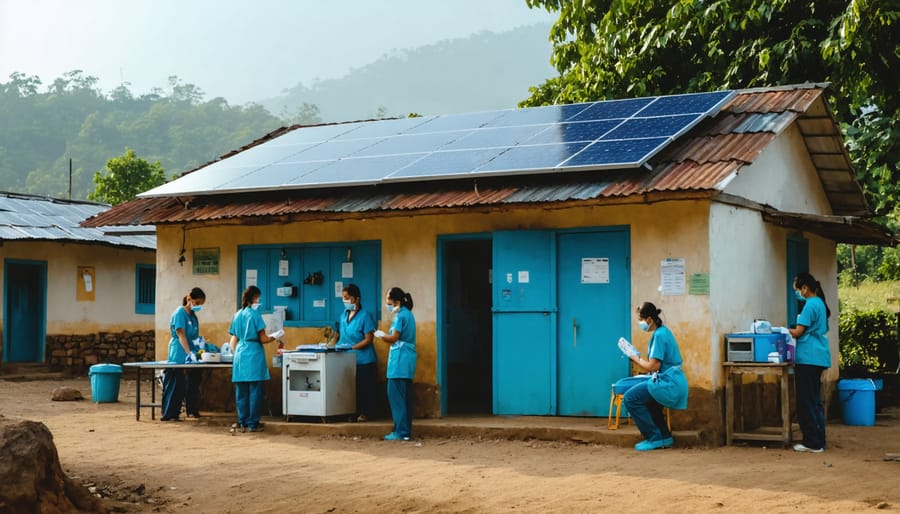
Powering Life-Saving Medical Equipment
Solar power is revolutionizing healthcare delivery, particularly in remote and underserved areas. Portable solar-powered medical devices are making life-saving treatments accessible where traditional power sources are unreliable or unavailable. Solar-powered vaccine refrigerators, for instance, help maintain crucial cold chains for medication storage in regions with limited electricity access.
Medical facilities are increasingly incorporating solar technology to power essential equipment like ventilators, infant incubators, and blood pressure monitors. During power outages or natural disasters, these solar-powered systems provide critical backup power, ensuring continuous patient care when it’s needed most.
Innovative solar solutions include compact diagnostic tools like ultrasound machines and blood analysis equipment that can operate entirely on solar energy. These devices are particularly valuable for mobile medical teams and rural clinics. Solar-powered oxygen concentrators have proven especially vital during respiratory health crises, providing sustainable access to oxygen therapy.
The impact extends beyond emergency care – solar-powered medical equipment reduces operating costs for healthcare facilities while decreasing their carbon footprint, making healthcare both more sustainable and accessible to communities worldwide.
Vaccine Storage Solutions
Solar power is revolutionizing healthcare delivery by providing reliable refrigeration for vaccines and medical supplies, particularly in remote areas where consistent electricity access is challenging. Solar-powered vaccine refrigerators maintain the critical cold chain necessary to preserve life-saving medications and vaccines at their required temperatures, typically between 2-8°C (35-46°F).
These innovative systems combine solar panels, specialized batteries, and efficient cooling technology to ensure 24/7 operation, even during cloudy days or nighttime. Modern solar refrigeration units are equipped with smart monitoring systems that track temperature fluctuations and alert healthcare workers if any issues arise, ensuring vaccine efficacy is never compromised.
The impact of solar-powered vaccine storage has been particularly significant in developing regions, where traditional power infrastructure is unreliable or nonexistent. These systems have helped increase vaccination rates and improve healthcare outcomes by ensuring medical supplies remain viable until they reach those who need them most.
For healthcare facilities, solar-powered refrigeration offers both environmental and economic benefits, reducing operational costs while providing a dependable solution for maintaining essential medical supplies.
Clean Water Access Through Solar Technology
Solar Water Pumping Systems
Solar water pumping systems are revolutionizing water access in homes, farms, and remote communities by harnessing the sun’s energy to power reliable water supply solutions. These systems use photovoltaic panels to convert sunlight into electricity, which drives pumps that can draw water from wells, boreholes, or other water sources.
The beauty of solar pumps lies in their simplicity and efficiency. With no fuel costs and minimal maintenance requirements, they provide a sustainable alternative to traditional electric or diesel-powered pumps. During daylight hours, these systems can pump water directly to storage tanks, ensuring a consistent water supply even when the sun isn’t shining.
For homeowners, solar pumps offer significant advantages in irrigation systems, swimming pools, and household water supply. They’re particularly valuable in areas with unreliable grid power or high electricity costs. Many systems now come with smart controllers that optimize pumping schedules based on available sunlight and water needs.
The initial investment in solar pumping technology typically pays for itself through reduced energy bills and operational costs. With lifespans often exceeding 20 years and decreasing installation costs, these systems are becoming increasingly accessible to property owners seeking sustainable water solutions.
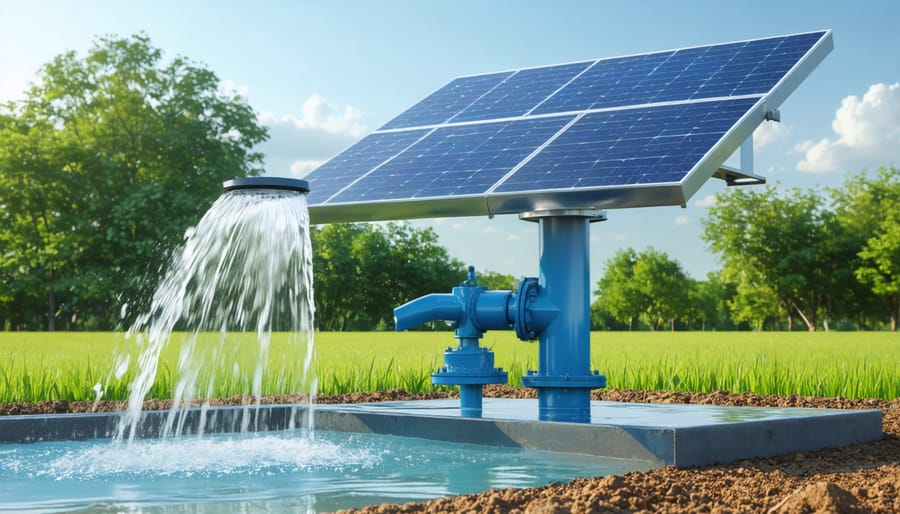
Purification Technologies
Solar energy is revolutionizing water treatment by making clean water accessible and affordable through innovative purification technologies. Solar-powered water treatment systems use the sun’s energy to remove contaminants, bacteria, and harmful substances from water sources through various methods.
One popular approach is solar distillation, where sunlight heats water in a closed system, causing it to evaporate and leave impurities behind. The pure water vapor then condenses and is collected for use. Another effective method is UV disinfection, where solar-powered UV lamps eliminate harmful microorganisms from water.
Solar-powered reverse osmosis systems are becoming increasingly common in both residential and community settings. These systems use solar energy to power pumps that force water through special membranes, removing salt, minerals, and other contaminants. This technology is particularly valuable in remote areas where traditional power sources are unreliable or unavailable.
For homeowners, small-scale solar water purifiers offer an eco-friendly solution for treating rainwater or well water. These systems are low-maintenance, cost-effective in the long run, and provide a sustainable source of clean water while reducing dependence on municipal water supplies.
Educational Empowerment
Digital Learning Centers
Solar-powered digital learning centers are revolutionizing education in remote and underserved communities worldwide. These innovative facilities combine solar panels, energy storage systems, and computer equipment to create sustainable classroom environments that operate independently of traditional power grids. Students gain access to computers, tablets, and high-speed internet, opening doors to online learning resources and global educational opportunities.
These centers serve as community hubs, offering adult education programs and professional development courses while functioning as disaster-ready solar solutions during emergencies. The reliability of solar power ensures consistent access to educational resources, even in areas prone to power outages or lacking electrical infrastructure.
Many digital learning centers incorporate energy monitoring systems, teaching students about renewable energy while providing hands-on experience with solar technology. This dual-purpose approach creates environmentally conscious citizens while delivering essential educational services, making these facilities valuable investments in community development and sustainability.

After-Dark Study Programs
Solar-powered lighting systems are revolutionizing education in areas where reliable electricity was once a luxury. These innovative solutions enable students to continue their studies after sunset, dramatically extending learning hours and improving academic outcomes. Through solar education programs, communities are experiencing transformative changes in their children’s academic performance and future opportunities.
Modern solar lighting systems, equipped with efficient LED bulbs and reliable batteries, provide consistent, bright illumination for several hours after dark. This technology has proven particularly impactful in rural areas and developing regions, where traditional grid electricity is either unreliable or nonexistent. Students can now complete homework, prepare for exams, and participate in evening study groups without depending on expensive, hazardous kerosene lamps or unreliable power sources.
The impact extends beyond individual households, as community centers and schools equipped with solar lighting become evening learning hubs, fostering collaborative education and strengthening community bonds.
Communications and Connectivity
Emergency Communication Systems
Solar-powered emergency communication systems have become increasingly vital in disaster response and remote area connectivity. These reliable networks ensure that communities stay connected when traditional power grids fail, providing a lifeline during natural disasters, emergencies, and critical situations.
These systems typically consist of solar panels, batteries for energy storage, and communication equipment that can operate independently from the main power grid. During hurricanes, earthquakes, or other disasters, these self-sustaining networks continue functioning, enabling emergency responders to coordinate rescue efforts and allowing affected individuals to contact loved ones.
Many communities are now incorporating solar-powered emergency call boxes along highways, in parks, and throughout remote areas. These stations provide 24/7 access to emergency services without requiring connection to traditional power sources. Similarly, mobile solar communication units can be rapidly deployed to disaster zones, establishing temporary networks when existing infrastructure is damaged.
The technology has proven particularly valuable in developing regions, where solar-powered communication towers bring reliable internet and phone connectivity to areas previously without access. These installations often include weather-monitoring capabilities and early warning systems for natural disasters, making them essential components of modern emergency preparedness infrastructure.
For homeowners, integrating solar-powered communication backup systems provides peace of mind, ensuring they maintain essential contact capabilities during power outages while contributing to a more resilient community emergency response network.
Internet Access Points
Solar-powered internet access points are revolutionizing connectivity in remote and underserved areas, bringing the digital world to communities previously left in the dark. These innovative systems combine solar panels, batteries, and wireless technology to create reliable internet hotspots that operate completely off the grid.
A typical solar-powered internet access point consists of a solar array that powers both the networking equipment and energy storage system. During daylight hours, the solar panels generate electricity to run the wireless equipment while simultaneously charging batteries for nighttime operation. This ensures 24/7 connectivity without relying on traditional power infrastructure.
These systems are particularly valuable in rural communities, developing regions, and areas recovering from natural disasters. They’re also becoming increasingly popular in public spaces like parks and town squares, where they provide free Wi-Fi while demonstrating sustainable technology in action.
The benefits extend beyond basic internet access. Solar-powered connectivity enables:
– Distance learning opportunities
– Telemedicine services
– Emergency communications
– Small business operations
– Community information sharing
As solar technology becomes more efficient and affordable, these internet access points are becoming easier to install and maintain. Many systems now include remote monitoring capabilities, allowing operators to manage multiple locations from a central hub while ensuring optimal performance and minimal downtime.
Solar energy has revolutionized how we power essential services, making them more accessible, reliable, and environmentally friendly. From powering remote healthcare facilities to enabling clean water systems and bringing internet connectivity to rural areas, solar technology continues to transform lives worldwide. As solar panel efficiency improves and costs decrease, we can expect even broader adoption across critical sectors. The future looks particularly bright, with innovations in energy storage and smart grid technology promising to make solar-powered services even more dependable. For homeowners and communities alike, investing in solar solutions not only reduces environmental impact but also ensures greater energy independence and reduced operational costs in the long run. As we move toward a more sustainable future, solar power stands as a cornerstone of reliable, clean energy for essential services.



